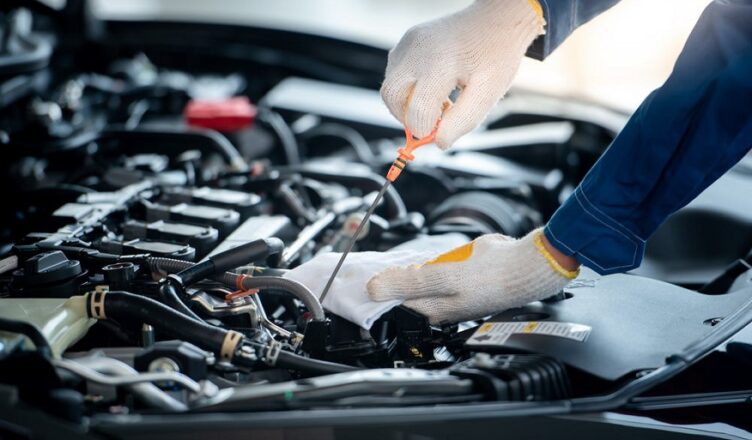Having the proper tools available is critical when repairing vehicles. Unlike woodworking or basic home improvements, where a small collection of standard tools may suffice, automotive work encompasses a huge range of very specialized tasks. Each job requires selecting the exactly right tools to efficiently and safely complete repairs. According to the good folk behind SPAX screws, this means equipping your automotive workshop with an extensive inventory, covering everything from pan head screws for interior trim panels, up to heavy duty pneumatic impact guns for removing stubborn lug nuts.
Basic Hand Tools
High quality basic hand tools form the foundation of every mechanic’s toolbox. Some essentials are:
- Screwdrivers – Various screwdriver types to manage the multitude of screw fasteners under the hood and chassis. Avoid using regular screwdrivers not designed for automotive use as these can easily slip and damage screw heads and engine components.
- Wrenches – A full set of wrenches covers most bolt removal/tightening tasks. Select tools made from dropped forged chrome alloy steel for strength and corrosion resistance.
- Pliers – Needle nose, adjustable joint, and locking pliers handle everything from gripping small parts to bending sheet metal.
- Socket Sets – Comprehensive metric and SAE socket sets with both standard and deep sockets are necessary to access the many hard to reach nuts and bolts in modern engine bays. Durable ratchets that swing through tight spaces and extendable long-handled drivers provide even greater access.
- Hammers – A rubber or soft-face hammer prevents cosmetic damage when tapping pieces into place. Ball peen hammers deliver controlled striking force for realigning bent metal components.
Every mechanic builds on these core tool set pieces, adding specialized tools for certain repair procedures or vehicles models.
Power Tools and Shop Equipment
Electric and pneumatic power tools make repairs drastically faster when compared to using hand tools only. Common automotive power tools include:
- Impact Drivers/Guns – High torque electric and air impacts effortlessly loosen over-tightened lug nuts and other stubborn fasteners that would be nearly impossible to break free manually.
- Power Drills/Drivers – Quickly drive screws to mount new panels or secure clamps. Variable speed triggers provide control when drilling holes or starting self-tapping screws.
- Sanders/Grinders – Remove paint, smooth welds, and polish out surface imperfections much faster than with hand files or sandpaper. Angle grinders with cut-off wheels slice through exhaust components during custom pipe fabrication.
Other useful shop equipment:
- Floor Jacks/Lifts – Safely raise and support vehicles for convenient undercarriage access without crawling underneath. Strong steel jack stands prevent dangerous drops.
- Air Compressors – Power pneumatic tools like impact guns. Also used to blow away debris during repairs.
- Timing Lights – Tuning ignition timing requires directly viewing ignition discharge flashes to set distributor timing accurately.
Specialized Automotive Tools
Many repairs call for very specific tools that have been engineered for particular vehicles. Examples of this are:
- Alignment Tools – Precisely set front wheel camber and toe-in angles with camber/caster tools. Optimize tire wear and steering via four-wheel computerized alignment racks.
- Brake Tools – Force brake caliper pistons back into their bores using C-clamp style caliper wind-back tools to provide clearance for new brake pads.
- Suspension Tools – Ball joint separators safely remove stubborn ball joints from control arms without damage. Coil spring compressors contain potentially dangerous spring tension, allowing strut cartridge or spring replacement.
Conclusion
With automotive systems constantly increasing in complexity, having the correct tool on hand is now essential for many repair procedures. Attempting repairs without specific specialty tools risks poor results, further damage, and serious injuries. Investing in a comprehensive inventory of automotive tools ensures technicians can safely tackle all types of repairs the first time.

